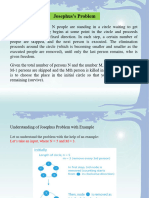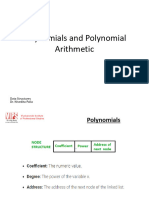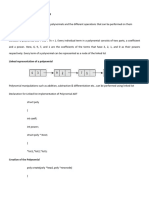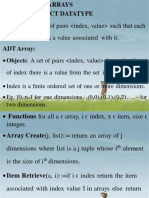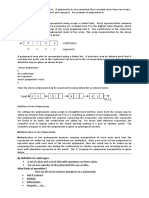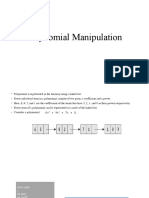0% found this document useful (0 votes)
45 views18 pagesChapter - 5 Applications of Linked Listsds
Uploaded by
vinaydarling063Copyright
© © All Rights Reserved
We take content rights seriously. If you suspect this is your content, claim it here.
Available Formats
Download as DOCX, PDF, TXT or read online on Scribd
0% found this document useful (0 votes)
45 views18 pagesChapter - 5 Applications of Linked Listsds
Uploaded by
vinaydarling063Copyright
© © All Rights Reserved
We take content rights seriously. If you suspect this is your content, claim it here.
Available Formats
Download as DOCX, PDF, TXT or read online on Scribd
/ 18
